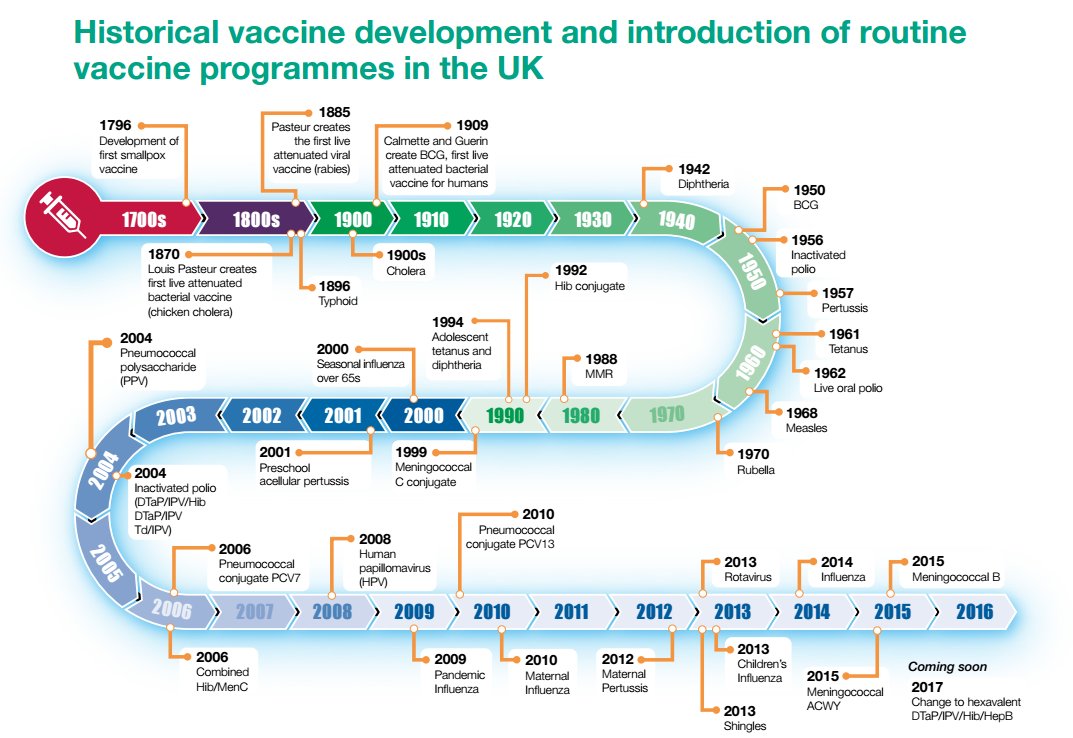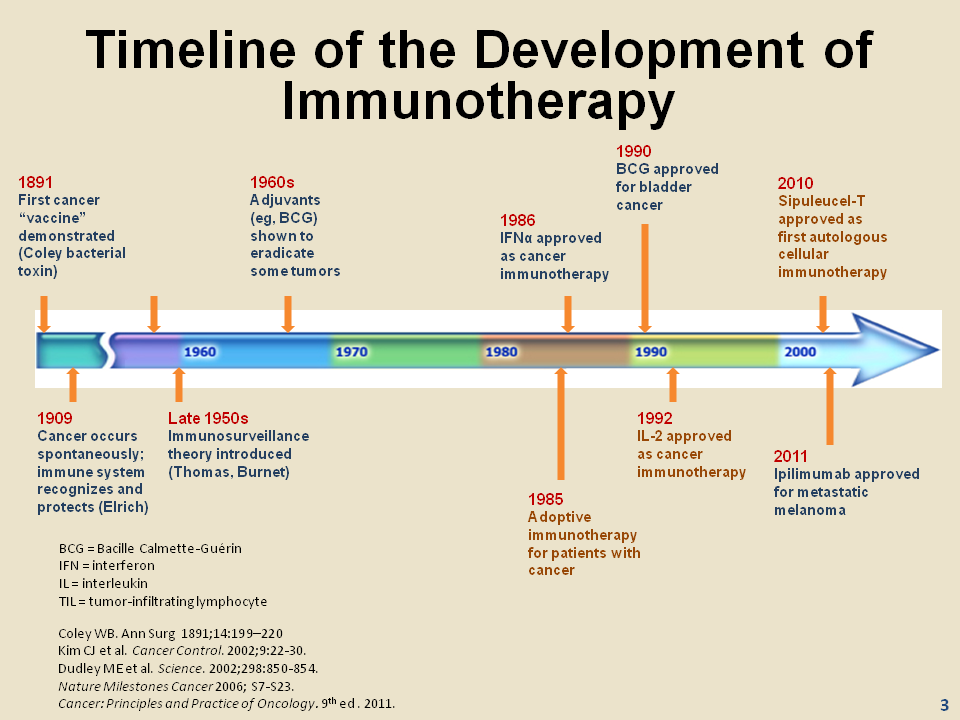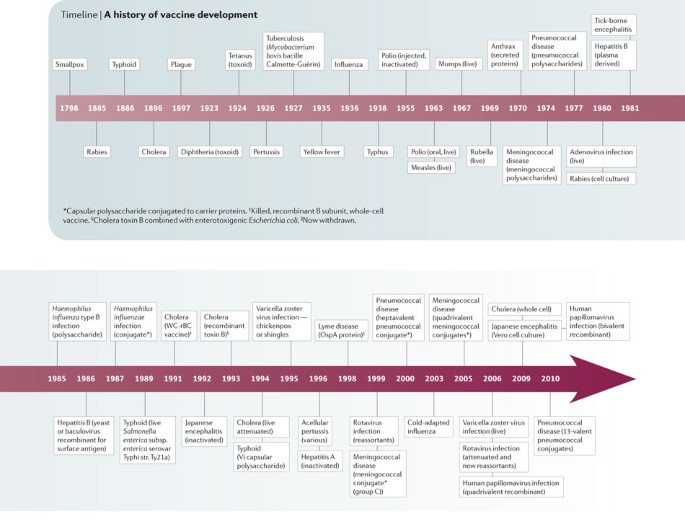Vaccine Development Timeline History, The Red Book Through The Ages American Academy Of Pediatrics
Vaccine development timeline history Indeed lately has been sought by consumers around us, perhaps one of you. People now are accustomed to using the net in gadgets to view video and image information for inspiration, and according to the title of the post I will discuss about Vaccine Development Timeline History.
- Covid Have We Finally Got A Coronavirus Vaccine Bbc News
- Chart The History Of Vaccines Statista
- A Brief History Of Vaccination Immunisation Advisory Centre
- Module 1 History Of Vaccine Development Who Vaccine Safety Basics
- Dr Graham Mackenzie On Twitter Historical Vaccine Development Introduction Of Routine Vaccine Programmes In Uk Phe Uk Newsletter Vaccineswork Https T Co Eyiwb7qaqf Https T Co 05iaj4ejtm
- Designing Tomorrow S Vaccines Nejm
Find, Read, And Discover Vaccine Development Timeline History, Such Us:
- Vaccination Wikipedia
- Recent History Shows Variability In Vaccine Development Timeline Avalere Health
- U S Vaccine Safety Overview History And How It Works Cdc
- Significant Events In The History Of Virology
- Why A Coronavirus Vaccine Takes Over A Year To Produce And Why That Is Incredibly Fast World Economic Forum
If you re looking for Vaccine For 2 Years Old you've arrived at the right place. We have 100 images about vaccine for 2 years old adding images, photos, photographs, wallpapers, and much more. In such web page, we also provide variety of images out there. Such as png, jpg, animated gifs, pic art, logo, black and white, translucent, etc.
1952 first vaccine for polio salk vaccine 1954 first vaccine for japanese encephalitis.

Vaccine for 2 years old. Late 1960s recommended vaccines. In summary the vaccine development from concept to licensure is a lengthy process as illustrated by timelines for some of the currently licensed vaccines table 3 3 9. More vaccines followed in the 1960s measles mumps and rubella in 1963 the measles vaccine was developed and by the late 1960s vaccines were also available to protect against mumps 1967 and rubella 1969.
The same method was used to develop a vaccine against diphtheria in 1926. Russell developed the first us typhoid vaccination. View chapter purchase book.
These three vaccines were combined into the mmr vaccine in 1971. The middle of the 20 th century was an active time for vaccine research and development. 1954 first vaccine for anthrax.
Vaccine development is characterised by a high failure rate often 93 between animal studies and registration of a product the discovery and research phase is normally two to five years according to the wellcome trust. In total a vaccine can take more than 10 years to fully develop and costs up to 500 million the uk charity says. Between 1890 and 1950 bacterial vaccine development proliferated including the bacillis calmette guerin bcg vaccination which is still in use today.
1937 first vaccine for influenza by anatol smorodintsev. And then at the dawn of bacteriology developments rapidly followed. Antitoxins and vaccines against diphtheria tetanus anthrax cholera plague typhoid tuberculosis and more were developed through the 1930s.
Vaccine development is a long complex process often lasting 10 15 years and involving a combination of public and private involvement. Historybackground of vaccine research and other strategies for control. Vaccines against polio 1955 measles 1963 rubella 1969 and other viruses were added to the list over the decades that followed and worldwide vaccination rates shot up dramatically thanks to successful global health campaigns.
Methods for growing viruses in the laboratory led to rapid discoveries and innovations including the creation of vaccines for polio. 1957 first vaccine for adenovirus 4 and 7. Government oversight in the united states.
In 1909 us army physician frederick f. In 1923 alexander glenny perfected a method to inactivate tetanus toxin with formaldehyde. For the next several years the vaccine would be used for military purposes but in 1914 it became.
Its the development of polio vaccine in the 1950s that advances the techniques that make the development of the measles and then the mumps vaccine possible in the 1960s says conis.
More From Vaccine For 2 Years Old
- Pfizer Vaccine Adverse Events
- Biontech Se News
- Dow Jones Today Chart Live
- Covid Vaccine News Update
- Vaccine Hpv
Incoming Search Terms:
- The Covid 19 Vaccine Distribution Dilemmas We Need To Resolve Vaccine Hpv,
- Chart How Vaccines Eradicated Common Diseases Statista Vaccine Hpv,
- Profits And Pride At Stake The Race For A Vaccine Intensifies The New York Times Vaccine Hpv,
- Vaccination Timeline Gov Uk Vaccine Hpv,
- How Does Moderna S Covid Vaccine Timing Compare With Jnj And Pfizer Vaccine Hpv,
- Drugmaker Moderna Delivers First Experimental Coronavirus Vaccine For Human Testing Wsj Vaccine Hpv,








